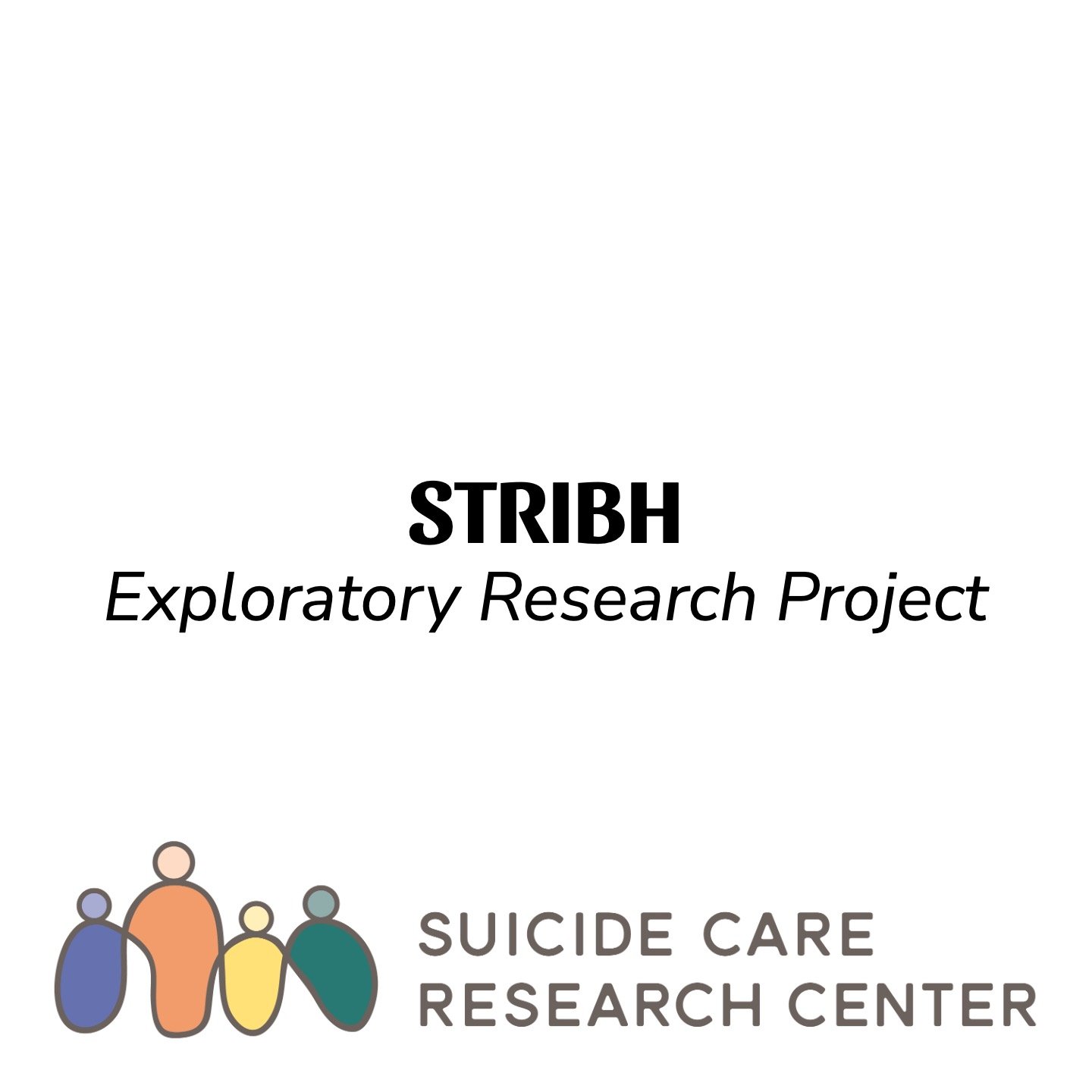Suicide Care Research Center
As the Human-Centered Design Research Scientist at The University of Washington’s Suicide Care Research Center (SCRC), I help projects leverage co-design approaches to develop new psychosocial interventions for treating suicidality. This work focuses on outpatient medical settings. SCRC is one of seven Practice-Based Suicide Prevention Research Centers funded by the National Institute of Mental Health. Our projects focus on adolescents and young adults (13-30 years old).
My Role at SCRC
Our center operates through five specialized cores:
-
Provides overall vision and leadership for center-wide operations while facilitating communication across cores.
-
Offers training and pilot funding to engage Collaborating Scholars from diverse fields, fostering interdisciplinary approaches to suicide prevention research.
-
Bridges research with national policy initiatives, coordinates non-academic mentors, and aligns the center's work with funding opportunities to maximize real-world impact.
-
Implements projects co-designing innovative interventions across the suicide care pathway that increase self-efficacy and improve therapeutic alliance to reduce suicidal behavior for adolescents and young adults.
-
Conducts scientific inquiry to evaluate mechanisms, understand implementation constraints, and adapt methodologies across SCRC’s research projects.
I provide essential expertise across multiple projects within the Research Core, applying design methodologies to suicide prevention contexts. I serve as both an embedded team member on select projects and as a strategic design coach for others, guiding teams through phases of the design process.
I also contribute to the Methods Core by analyzing cross-project data to enhance design applications in suicide research. Additionally, I am the primary project management support for the Methods Core.
The Suicide Care Pathway
Common Stages of Suicide Care
SCRC interventions address risk detection, assessment, decision-making, risk management, treatment, long-term monitoring, and follow-up care.
Mechanisms
By maximizing the acceptability and usability of interventions to patients, families, and clinicians, SCRC interventions foster self-efficacy among patients, families, and clinicians and improve therapeutic alliance.
Key Outcomes
As a result, our interventions will be more likely to be offered to patients, thereby increasing reach and leading to a reduction in suicidal thoughts and behaviors.
© University of Washington Suicide Care Research Center 2025
Methodological Framework
SCRC’s methodology integrates two complementary frameworks: the Discover, Design/Build, Test (DDBT) approach to human-centered design and the Multiphase Optimization Strategy (MOST). This integration provides a structured path from initial concept to evidence-based intervention. MOST has three phases: (1) Preparation, (2) Optimization, & (3) Evaluation.
The DDBT process accomplishes MOST’s Preparation Phase goals by identifying user needs and developing prototype solutions. Interventions developed through DDBT then progress through MOST's Optimization and Evaluation Phases to refine effectiveness and optimize for relevant constraints (e.g., cost, time, etc).
To support teams in implementing this methodology, I developed essential operational infrastructure:
Project Intake Process: Ensures initial alignment with key DDBT+MOST phase outcomes
Documentation Templates: Support consistent capture of process outcomes
Phase Transition Survey: Documents achievements and usability issues at each DDBT phase completion
Engagement Survey: Tracks meaningful patient and community involvement throughout studies
See the case studies below for detailed examples of how I applied this methodology to specific projects.
© University of Washington Suicide Care Research Center, DDBT graphic adapted with permission from UW ALACRITY Center
Project Case Studies
Click to learn more about each project.





